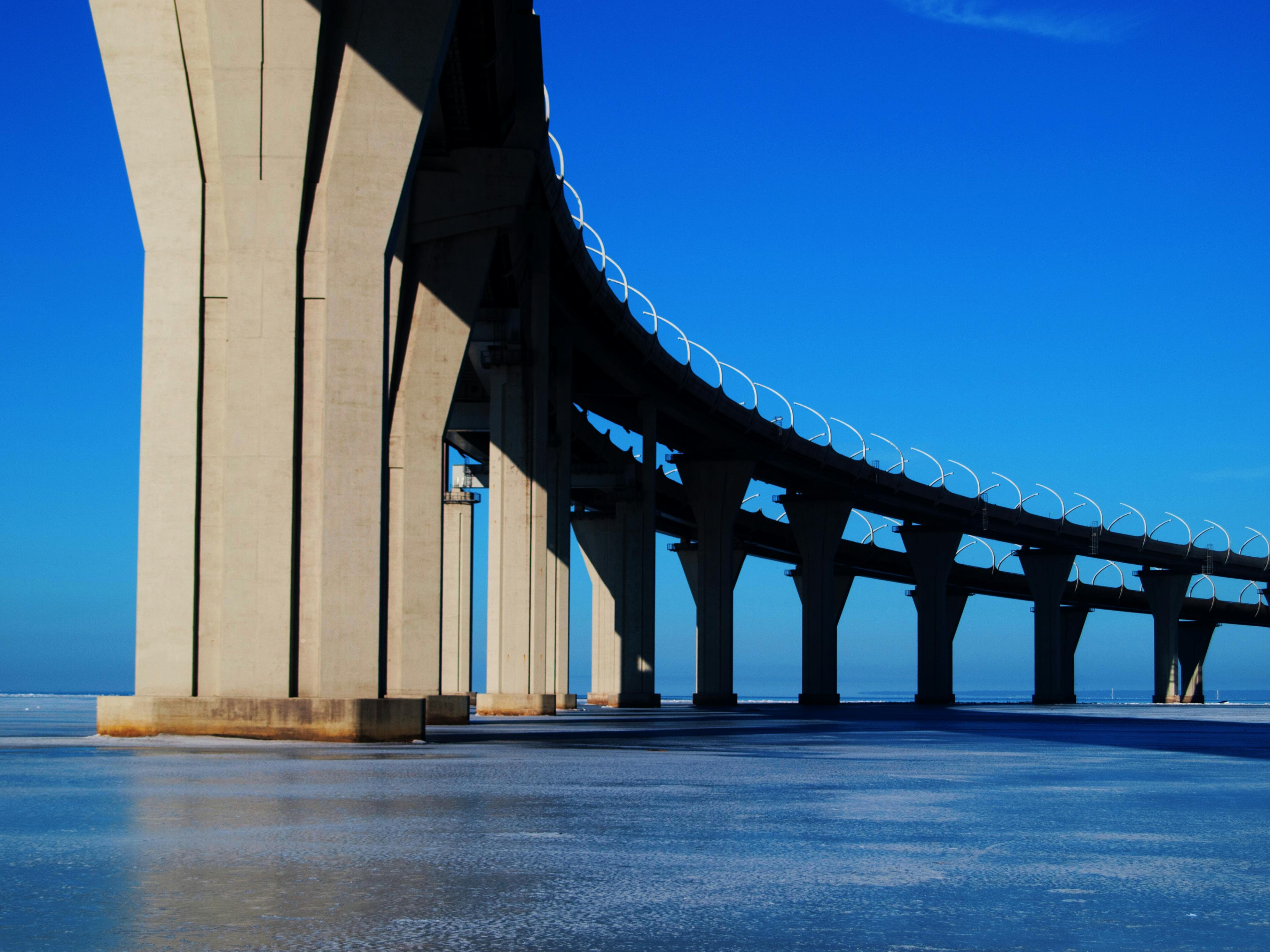In the realm of bridge engineering, geophysical techniques such as Ground Penetrating Radar (GPR), Ultrasonic Pulse Echo (UPE), and Ultrasonic Pulse Velocity (UPV) have become indispensable tools for assessing structural integrity, detecting defects, and optimizing maintenance strategies. These methods provide non-destructive insights into bridge components and substructures, empowering engineers to ensure the safety and longevity of bridge infrastructure. This article explores their diverse applications in enhancing inspection, rehabilitation, and asset management practices.

1. Structural Assessment and Defect Detection:
Ground Penetrating Radar (GPR) plays a crucial role in structural assessment by detecting defects like voids, delaminations, and corrosion in bridge components such as decks, abutments, and piers. By analyzing radar pulses reflected from within structures, GPR enables engineers to assess conditions without invasive testing, facilitating timely maintenance interventions.
2. Subsurface Imaging and Void Detection:
GPR excels in subsurface imaging beneath bridge decks and pavements, mapping thickness, detecting concrete delamination, and identifying voids that compromise structural integrity. This data guides rehabilitation efforts, enhances maintenance planning, and prolongs bridge deck lifespan while minimizing traffic disruption.
3. Concrete Quality Assessment:
Ultrasonic Pulse Echo (UPE) and Ultrasonic Pulse Velocity (UPV) assess concrete quality in columns, beams, and foundations. UPE identifies internal defects like cracks and voids, while UPV measures pulse travel time to evaluate concrete density and strength. These techniques inform deterioration assessment, structural capacity evaluation, and targeted repair planning.
4. Foundation Investigation and Soil Mapping:
Geophysical methods like GPR and UPV investigate foundations beneath bridge abutments and piers, mapping subsurface stratigraphy, detecting scour zones, and assessing soil stability. Integration with geotechnical data optimizes foundation design, mitigates settlement risks, and enhances bridge resilience against natural hazards.
Geophysical techniques—GPR, UPE, and UPV—are pivotal in bridge engineering for assessing integrity, detecting defects, and optimizing maintenance. From structural assessment and subsurface imaging to concrete quality assessment and foundation investigation, these methods inform decision-making, ensuring safe and durable bridge infrastructure. Advancing technology promises continued innovation in bridge inspection, rehabilitation, and asset management, enhancing global transportation infrastructure resilience.
